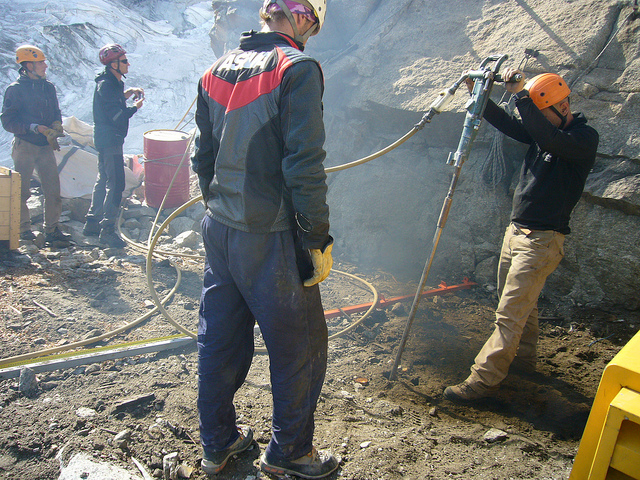LEAPfactory high alpine pods give new meaning to 'room with a view'

But maybe they're also a good concept. If you've seen images or read reports of the discarded oxygen canisters and other debris (not to mention corpses) strewn along popular mountaineering routes in the Himalayas, you know that mountaineering isn't always exactly a "leave only footsteps" type of endeavor.
The LEAP pods, made by Italian design firm LEAPfactory, are meant to lessen the environmental toll that mountaineering takes on fragile high alpine environments. The structures are meant to house climbers and provide a source of energy and sanitation for long bivouacs. Weather can force delays of days or even weeks, so these shelters would improve the safety and comfort of climbers. Given that they contain actual beds, one might also argue that climbers who stay in them will be better rested and less likely to make climbing errors once on an ascent. And they'd be better than tents for performing medical triage or giving treatment to injured climbers.
LEAP (which stands for living ecological alpine pod) structures have photovoltaic panels embedded in each modular section, as well as cooking facilities, a direct link to emergency rescue personnel and, as mention, a toilet, which has a composting design.
Then again, it's easy to imagine their installation subsidized by a gear manufacturer that would use the exterior walls as a billboard. (The visual impact of that could be pretty obnoxious, but it's not like the huge white pods blend in with the rocky outcropping on which they'd perch.) Or perhaps mountaineering groups could pool resources and pay for the construction, installation and upkeep of a pad from club dues.

In terms of environmental impact, the other factors to consider are the excavating and anchoring needed to secure the pods onto a mountainside. And then there's the use of helicopters to transport and place the pod components. But over time, if the pods were used by enough climbers who would have otherwise pitched tents and relied more of battery and other power sources, it does seem possible that the pods would lead to a lower environmental impact.
In either case, you can't argue that the view from any window would be pretty sweet.
Images: LEAPfactory
This post was originally published on Smartplanet.com

